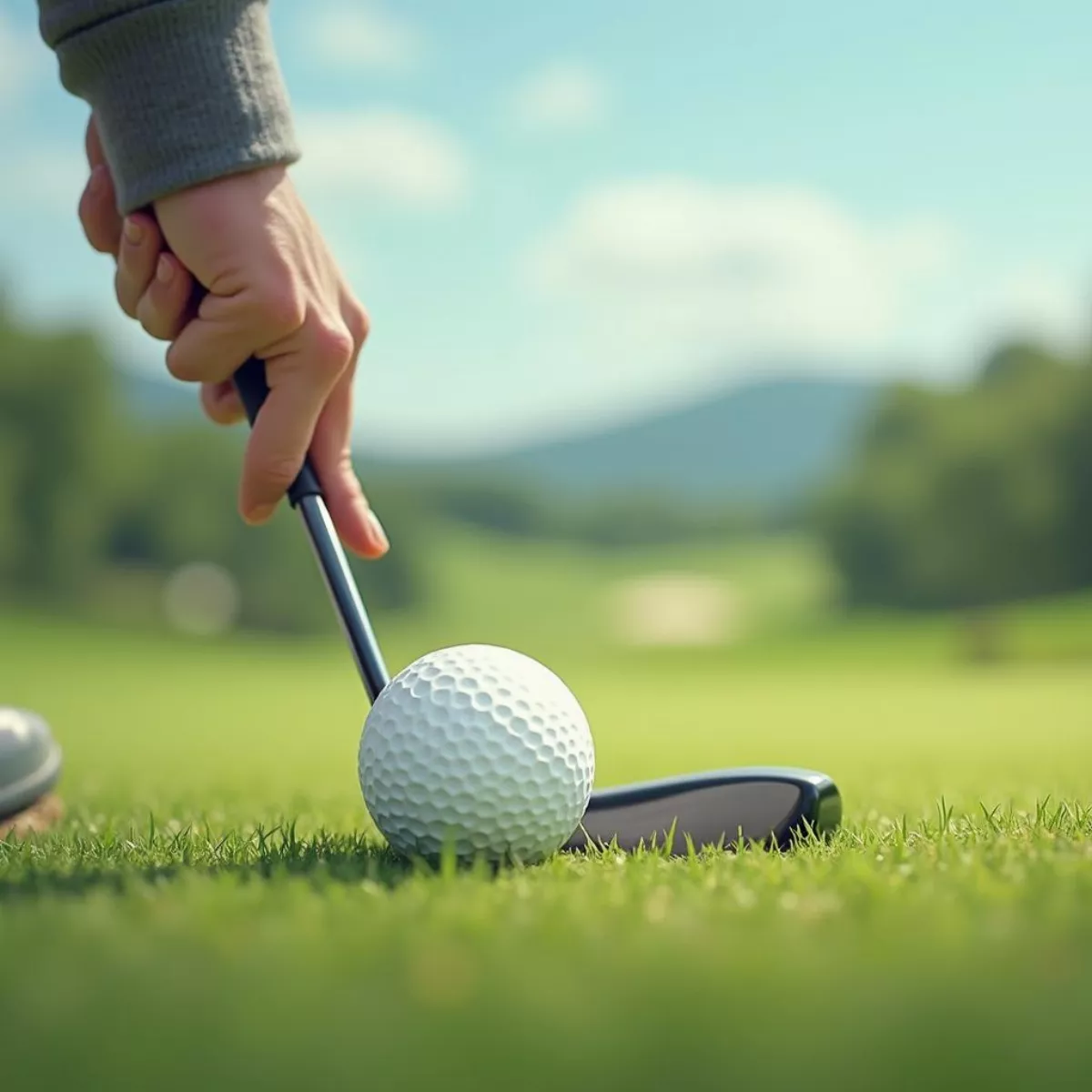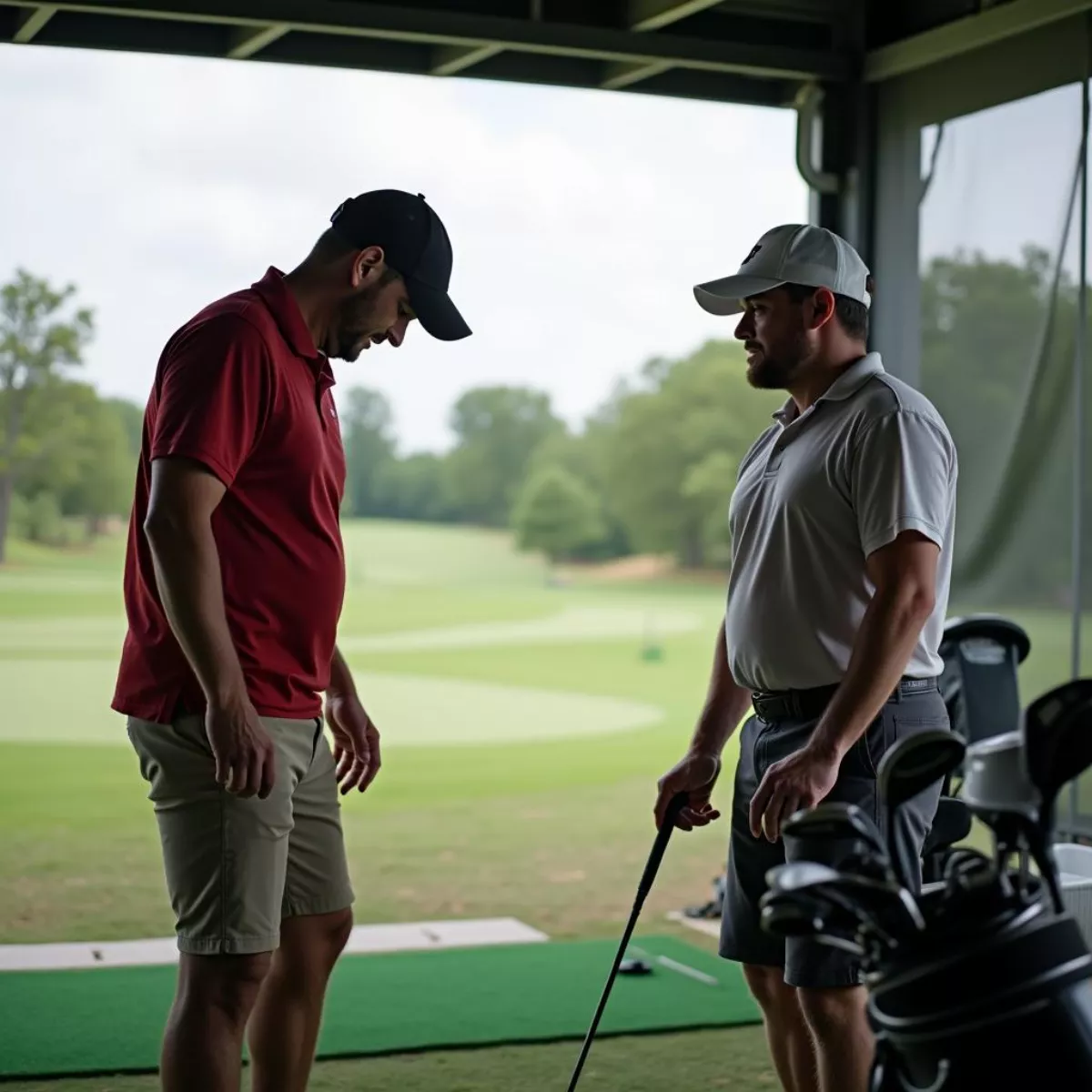Golfing is often seen as a game of precision, patience, and skill. Unfortunately, one of the most frustrating aspects of the game is when you hit fat shots. You know the feeling: you swing confidently, only to have the club dig into the ground before making any contact with the ball. If you’ve found yourself here, you’re likely wondering how to eliminate fat shots from your game and improve your overall performance.
In this article, we’ll take an in-depth look at fat shots in golf—why they happen, how to understand them, and, most importantly, how to prevent them in the future. So grab your clubs, and let’s get started on the journey to hitting clean shots every time.
What Are Fat Shots?
In its simplest terms, a fat shot occurs when the club strikes the ground before it makes contact with the golf ball. Instead of the club making solid contact with the ball, it hits the earth first, resulting in a loss of distance and accuracy. This is commonly referred to as “hitting behind the ball.”
 Golfer Hitting Behind the Ball
Golfer Hitting Behind the Ball
Why Do Fat Shots Happen?
Understanding the causes of fat shots is essential to preventing them. Here are some common reasons:
- Poor Setup: An incorrect stance or poor alignment can lead to fat shots. Ensuring your weight is distributed correctly at address is crucial.
- Timing Issues: Swinging too fast or rushing through the motion can disrupt your timing, causing the clubface to hit the ground.
- Incorrect Swing Path: Straying from the intended swing path can lead you to make contact with the ground before the ball.
- Improper Weight Transfer: Failing to shift your weight correctly through the swing can contribute to hitting fat shots. Proper weight transfer is vital for clean contact.
- Inconsistent Club Height: Swinging the club too high or too low may result in hitting fat shots instead of pure strikes, which can cause the club to catch the ground early.
Techniques to Eliminate Fat Shots
Now that we’ve covered what fat shots are and why they occur, let’s dive into some practical techniques to help you eliminate them.
1. Improve Your Setup
- Posture: Bend slightly at the hips and keep your spine straight. This helps maintain balance throughout your swing.
- Weight Distribution: Your weight should be evenly distributed on your feet. As you swing, move your weight from your back foot to your front foot.
- Ball Position: Place the ball in the correct position based on the club you’re using. For example, shorter clubs should be positioned more towards the center of your stance, while longer clubs should be placed slightly forward.
 Proper Golf Setup and Posture
Proper Golf Setup and Posture
2. Focus on Your Swing Path
- Straight Line Drill: Practice swinging along a straight line. Visualize your club traveling in a straight path to minimize the chances of hitting behind the ball.
- Tee Drill: Place a tee in the ground at the correct height and practice striking the tee consistently without touching the ground.
3. Master Weight Transfer
- Weight Shift Drill: As you swing, focus on shifting your weight from your back foot to your front foot. This ensures that you’re making solid contact with the ball instead of the ground.
4. Practice Your Follow-through
- Ensure that you finish your swing properly. A complete follow-through helps maintain balance and promotes a smoother swing.
 Golfer Finishing Swing with Balanced Follow Through
Golfer Finishing Swing with Balanced Follow Through
5. Use the Right Equipment
- Club Length: Make sure your clubs are the appropriate length for your height and swing style.
- Loft and Type: Different clubs have different lofts that cause the ball to fly differently. Play around with different clubs to see which fits your swing best.
6. Utilize Drills to Enhance Technique
Here are several effective drills to help improve your swing and reduce fat shots:
| Drill Name | Description |
|---|---|
| The Line Drill | Place two alignment sticks or clubs in the ground. Your goal is to swing along the line without touching them. |
| The Club Under Drill | Lay an alignment stick or another club parallel to your target line. Ensure you hit the ball without hitting the parallel club. |
| Swing and Hold | Practice making your normal swing and holding your finish position for a few seconds. This helps reinforce proper balance and weight transfer. |
7. Regular Practice
The more you practice these techniques, the fewer fat shots you’ll hit. Consider working with a golf coach to diagnose any swing flaws and correct them through targeted practice.
Key Takeaways
- Understand the Causes: Recognizing why fat shots happen is crucial for improvement.
- Focus on Setup and Balance: Approaching the ball correctly can make a significant difference.
- Perfect Your Swing Path: Consistency in your swing path can help minimize ground contact.
- Weight Transfer: Practice shifting your weight through your swing.
- Use Drills: Implement effective drills to improve your technique.
Frequently Asked Questions (FAQ)
- What is a fat shot in golf?
- A fat shot occurs when the club strikes the ground before the ball, leading to a loss of distance.
- How can I prevent hitting fat shots?
- Focus on your setup, weight distribution, and practice drills to enhance your swing technique.
- Is it common for beginners to hit fat shots?
- Yes, beginners often hit fat shots due to poor setup and inconsistent swings.
- What drills can help with fat shots?
- The Line Drill, Club Under Drill, and Swing and Hold are effective for improving swing technique.
- Do certain clubs cause more fat shots?
- Yes, longer clubs may be more likely to cause fat shots if you’re not maintaining proper technique.
- Can my equipment contribute to fat shots?
- Absolutely! Incorrect club length or loft can affect your swing and lead to fat shots.
- What should I focus on at the driving range?
- Use your time at the range to work on your swing path, weight transfer, and practice drills designed to eliminate fat shots.
- Is having lessons beneficial for avoiding fat shots?
- Yes, professional coaching can help identify your flaws and provide personalized techniques to improve your game.
- How important is my follow-through?
- A proper follow-through helps maintain balance and encourages a smoother swing.
- How often should I practice to improve?
- Regular, focused practice is key to improvement—aim for at least once a week.
 Golfer Practicing at Driving Range with Coach
Golfer Practicing at Driving Range with Coach
By incorporating these techniques and drills into your practice routine, you’ll strike the ball more cleanly and effectively, minimizing those pesky fat shots. For further reading, check out our articles on golf swing basics and tips for improving your game.
Get ready to step up your game, and remember that improvement takes time, dedication, and the right mindset. Happy golfing!

